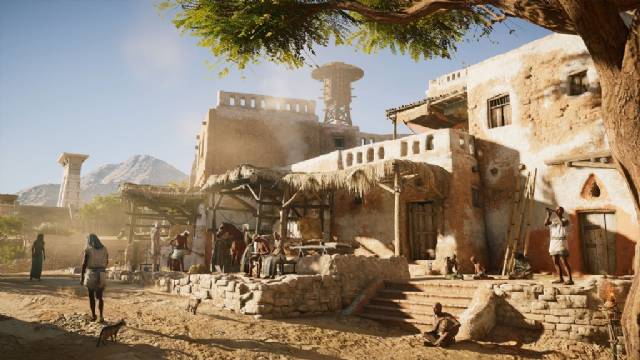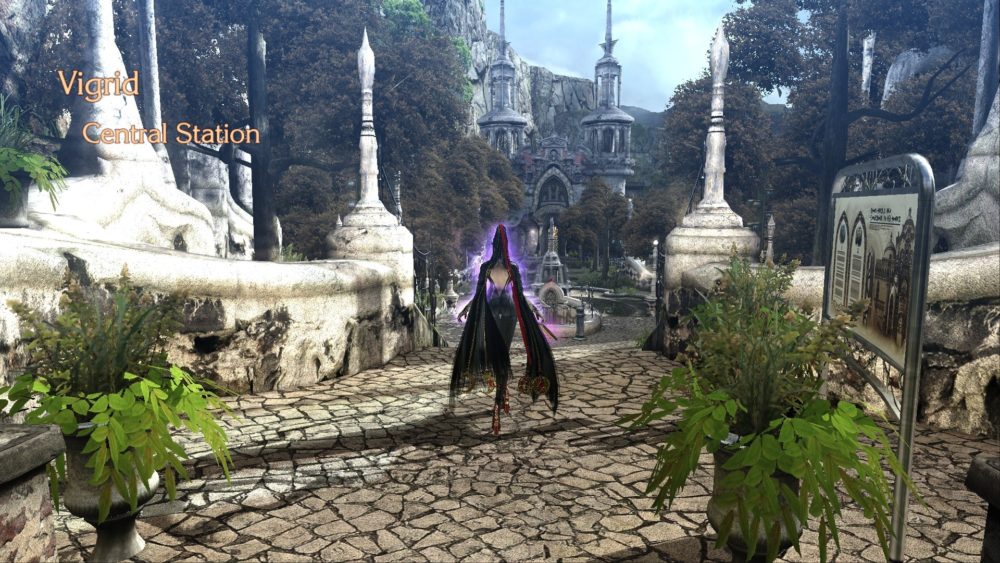To further aid the figure of the cat is the same god Ra, King of the Sun and one of the most important deities in Egyptian culture. According to mythology, Ra can take different forms, including that of Mau, a name that, if you have read well before, means a cat. In the fight against the enemy Apep (or Apopi) – which looks like a snake – Ra takes the shape of the Mau cat to bring back the light. That is why cats in the funeral decorations are often depicted in biting or killing a serpent, thus expressing a deeper meaning linked to the victory of light against darkness (which would then be the central theme of Assassin’s Creed Origins). Cats were also associated with Ra’s eye and correlated with the goddess Isis, a symbol of fertility and maternity.

Assassin’s Creed Origins
March 9, 2023
Half Life Alyx
Allied to divinity
Called mau or mousein Egyptian language, cats were a great resource for the man of ancient Egypt. Its society was mainly based on agriculture, mice, and snakes were some annoying pitfalls for the crop. Wild cats were the winning solution for peasants: they were attracted to fish near the cultivated soils, so that rodents and reptiles would be removed. There was therefore a kind of tacit agreement through which cats released the fields from mice and snakes, and in return they were paid off by men with a meal. This favored their allocation in the towns, not only because they had food security, but were also safe from the big predators. Cats domestication in Egypt is generally dated around 2000 BC, although the discovery of 2014 on behalf ofRoyal Belgian Institute of Natural Science , at a graveyard in Ieracompoli, anticipated the process at 3700 BC. The hypothesis comes from the finding of seven buried cats, some of which show on bones signs of healed fractures with the help of man and external to the causes of death.
Still in the funeral scene, it is not uncommon to find cats depictions in funeral decorations, especially in those that have central hunting theme or solemn scenes. The reason for these representations derives from the statuswhich they enjoyed were cats, which were not only seen as allies in daily life, but were closely related to mythology. One of the oldest cults on divinities of the feline traits is that of the goddess Mafdet (3400-3000 BC), venerated to obtain protection against bites of snakes and scorpions. An aspect that is related to the utility that cats had in agriculture outlined earlier. The worship of the felines grew stronger with the goddess Bastet (2890 BC), a figure with the woman’s body and the cat’s head. It was considered the personification of the Sun, as evidenced by the sanctuary dedicated to Bubasti, a city located in the Nile Delta. Bastet was also the protector of Pharaoh and Egypt himself.
The benefits of being a cat
Thanks to the close bond with divine expression, cats (wild and not) enjoyed a privileged status in Egyptian society. They were considered semi-divinities, to such an extent that it was inconceivable for the ancient Egyptians that a simple human could become the master of such a high being.
Only Pharaoh had the power to own a cat. Additionally, during the most flourishing period of Bastet’s worship, the killing of a cat, whether voluntary or accidental, was punishable by death. In this regard, it is interesting to mention the anecdote reported by Herodotus, a Greek historian of the 5th century BC, that a Roman soldier had accidentally killed a cat and, despite the fear that at times impelled Rome, was punished until death by the inhabitants of place.


